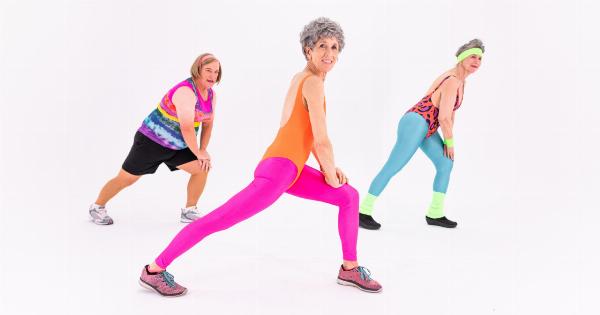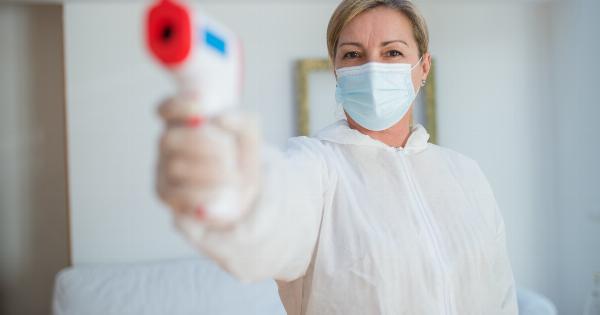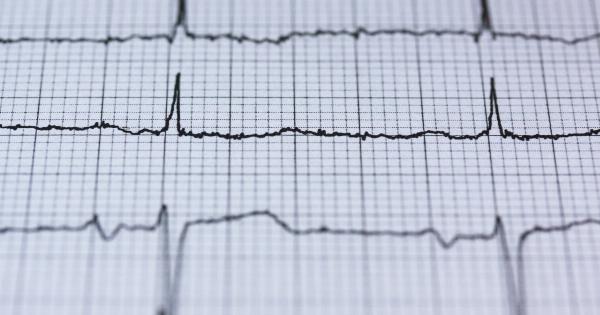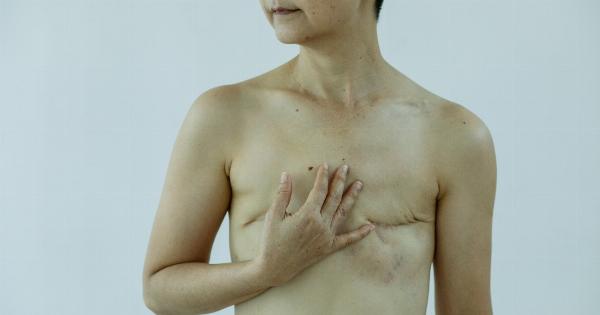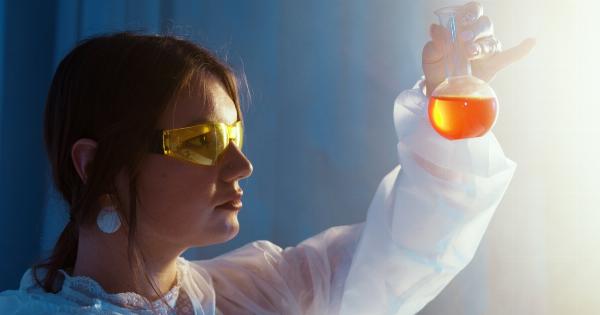Conception and fertility have been topics of fascination and concern for individuals and couples hoping to start or expand their families for centuries.
Throughout history, various beliefs, rituals, and myths have emerged around the act of sexual intercourse and its connection to conception. One such myth that persists to this day is the idea that standing up immediately after sex can negatively impact the chances of conception.
In this article, we aim to dispel this myth by examining the scientific evidence and shedding light on the factors that truly influence successful conception.
The Origins of the Myth
The belief in the influence of posture after sex on conception can be traced back to ancient times.
Many cultures and civilizations, including ancient Egyptians, Greeks, and Chinese, had established practices and rituals associated with reproduction and fertility. Some of these practices involved manipulating the body’s position following intercourse.
Commonly, the belief was that remaining lying down after sex, with the hips elevated, would aid in the sperm’s journey to the fallopian tubes and increase the chances of successful fertilization.
As time passed, cultural beliefs and practices intertwined with personal anecdotes and anecdotal advice, leading to the development of this enduring myth.
The Scientific Evidence
While individual experiences and beliefs hold weight in our lives, it is crucial to evaluate such claims through the lens of scientific research.
The scientific community has conducted numerous studies to investigate the impact of posture after sex on conception chances.
1. Sperm Motility and Swimming
One crucial factor to consider when debunking the standing up after sex myth is sperm motility. Motility refers to the ability of sperm to swim in a forward and coordinated manner.
Sperm must navigate through the female reproductive system to reach the egg for fertilization to occur.
Research has consistently shown that the vast majority of sperm swim upwards in the female reproductive tract, regardless of a person’s posture after sex.
The sperm are equipped with specialized structures that enable them to move independently and find their way to the egg.
2. Cervical Mucus and Sperm Transport
Another critical factor in the journey of sperm is the cervical mucus. The cervix produces mucus that changes consistency throughout the menstrual cycle, becoming more receptive to sperm during the fertile window.
During this time, the mucus facilitates sperm transport and protects them from the acidic environment of the vagina.
Studies have found that the cervical mucus acts as a selective barrier, allowing only healthy and motile sperm to pass through.
The mucus provides a conducive path for sperm to travel towards the uterus and fallopian tubes, regardless of a person’s posture.
3. Uterine Contractions
Some proponents of the standing up after sex myth argue that remaining upright prevents the uterus from contracting and expelling the sperm.
However, the uterus experiences regular contractions, known as uterine peristalsis, regardless of a person’s posture. These contractions aid in the movement of sperm towards the fallopian tubes.
Moreover, research has shown that the timing and magnitude of uterine contractions are independent of a person’s position after sex.
The contractions occur naturally and continue to facilitate sperm transport, ensuring that even if a person stands up afterward, the sperm will still reach the fallopian tubes.
4. Gravity and Sperm Travel
Gravity is often cited as a reason to avoid standing up after sex. The idea is that remaining horizontal allows gravity to assist in sperm transport towards the egg.
However, the influence of gravity on sperm movement within the reproductive tract is limited.
Studies have demonstrated that the force exerted by gravity on the small quantity of seminal fluid and sperm present after ejaculation is insufficient to significantly alter their movement.
Sperm are primarily moved through the reproductive system via muscle contractions, rather than relying on gravitational forces.
Factors That Truly Influence Conception
While standing up after sex has been debunked as having no significant impact on conception, there are several factors that truly affect the chances of successful fertilization and pregnancy.
Understanding these factors provides a more accurate perspective on conception and helps individuals and couples make informed decisions when trying to conceive.
1. Timing of Intercourse
The timing of intercourse in relation to ovulation plays a vital role in conception. Ovulation occurs when a mature egg is released from the ovary. Sperm must be present in the reproductive tract during this time to increase the chances of fertilization.
Understanding the menstrual cycle and tracking ovulation through various methods, such as monitoring basal body temperature or using ovulation prediction kits, can be helpful in identifying the fertile window and optimizing the timing of intercourse.
2. Sperm Quality and Quantity
The quality and quantity of sperm also significantly impact conception chances. Sperm should be healthy, meaning they have normal morphology (shape) and motility (movement).
A sufficient number of sperm must be present to increase the odds of successfully fertilizing the egg.
Lifestyle factors, such as maintaining a balanced diet, avoiding excessive alcohol, quitting smoking, and managing stress levels, can positively contribute to sperm quality and quantity.
3. Reproductive Health Conditions
Underlying reproductive health conditions can affect fertility and conception. Conditions such as endometriosis, polycystic ovary syndrome (PCOS), and blocked fallopian tubes can impair the natural process of conception.
Seeking appropriate medical advice and treatment for any known reproductive health conditions is crucial for optimizing conception chances.
4. Age and Fertility
Age also plays a significant role in fertility. As individuals age, especially women, the quality and quantity of eggs decline, making conception more challenging.
It is important to be aware of this biological reality and plan accordingly if pregnancy is desired.
Understanding the factors mentioned above and consulting with healthcare professionals can provide valuable insights and guidance for individuals and couples hoping to conceive.
Conclusion
In conclusion, the myth that standing up after sex can affect conception has been successfully debunked through scientific research.
While cultural beliefs and anecdotal advice may persist, the evidence overwhelmingly supports the fact that posture after intercourse has no significant impact on successful fertilization.
Understanding the factors that truly influence conception, such as timing of intercourse, sperm quality and quantity, reproductive health conditions, and age-related fertility decline, allows couples to focus on optimizing their chances of conception based on evidence-based knowledge.
Dispelling this myth sheds light on the intricacies of the reproductive process and empowers individuals and couples with accurate information about their fertility and the steps they can take to achieve their desired family planning goals.
















